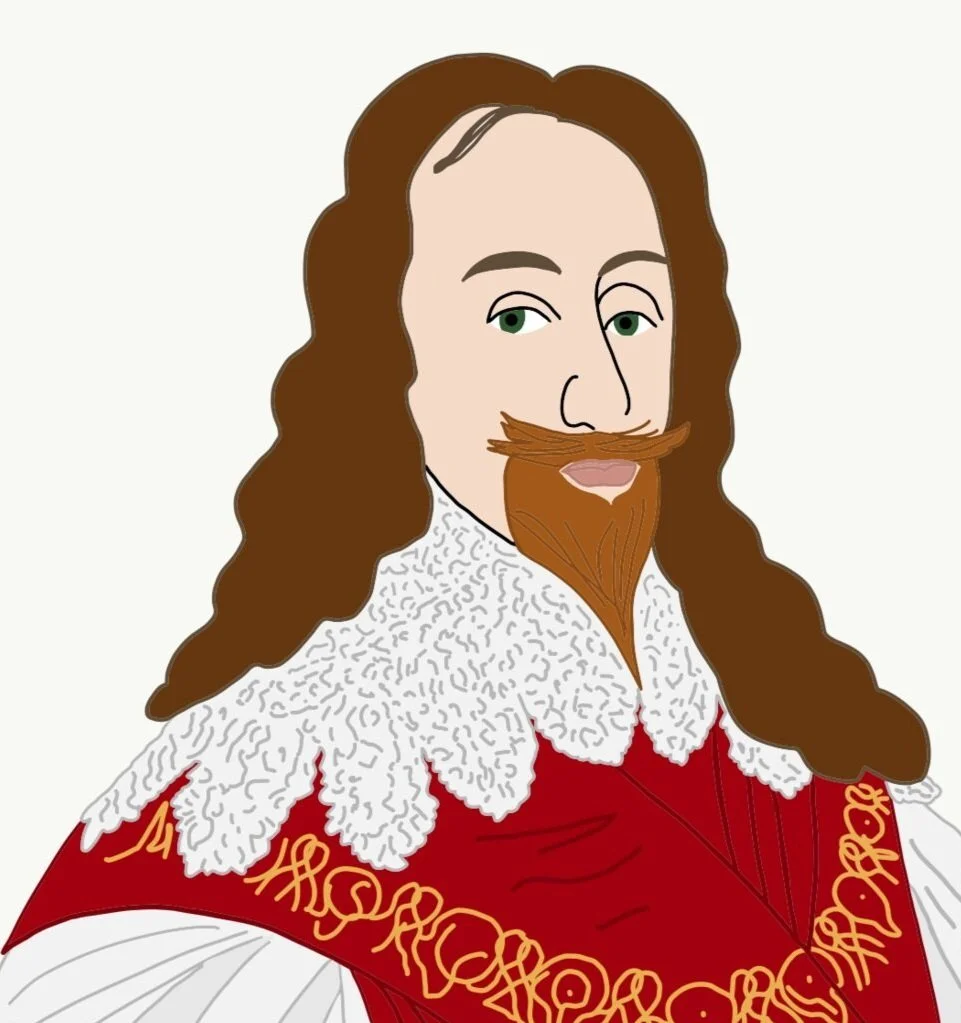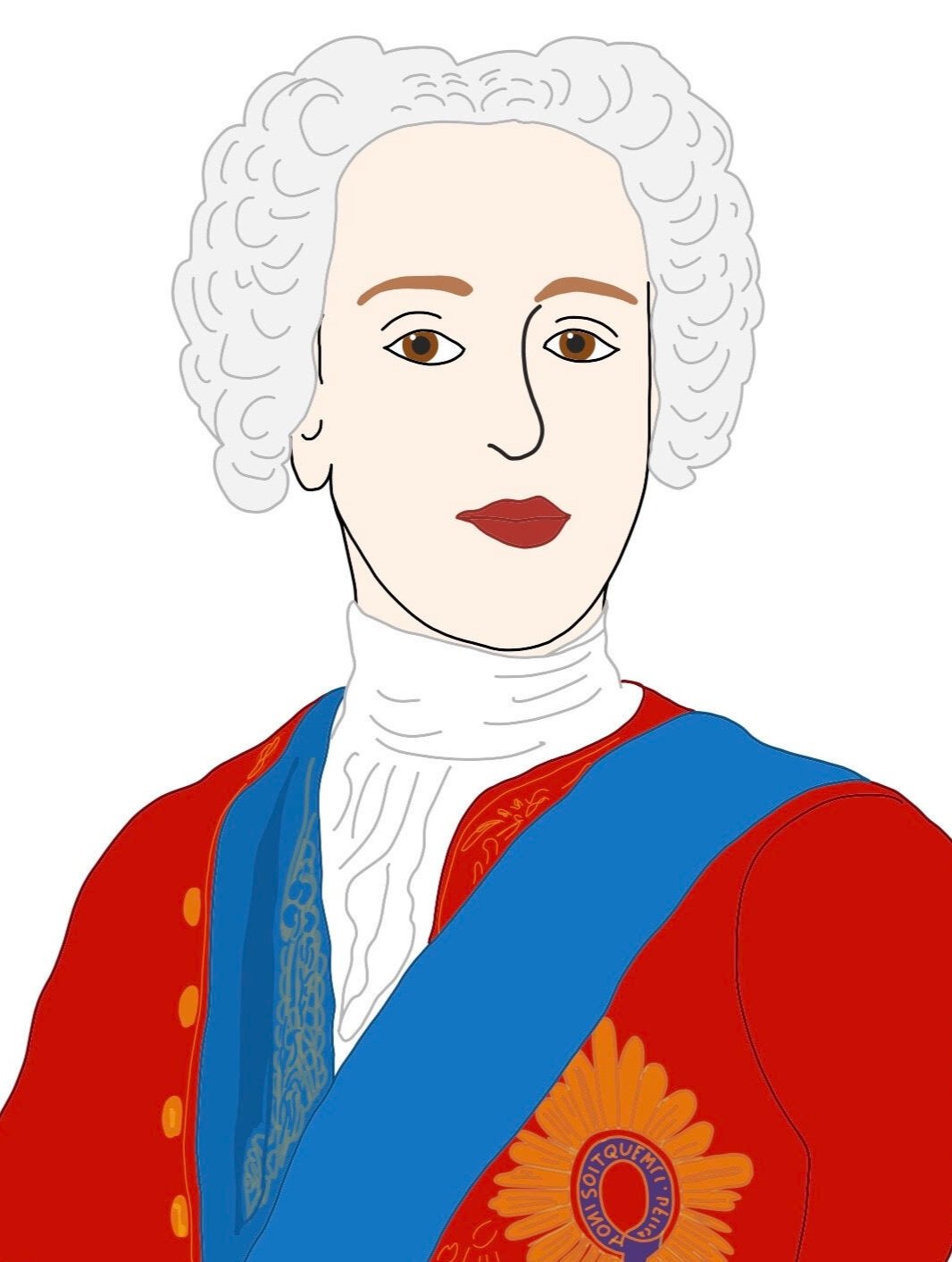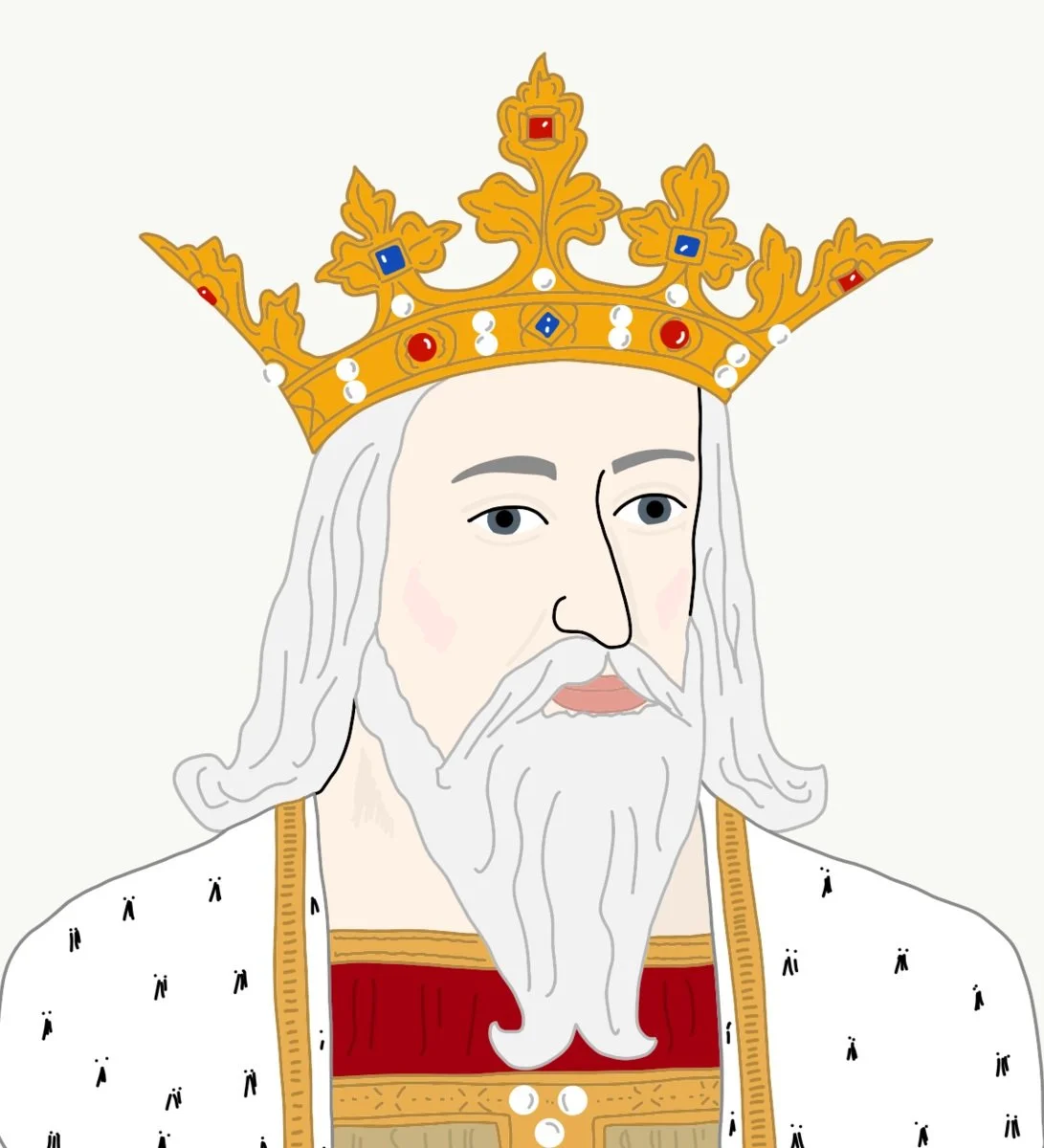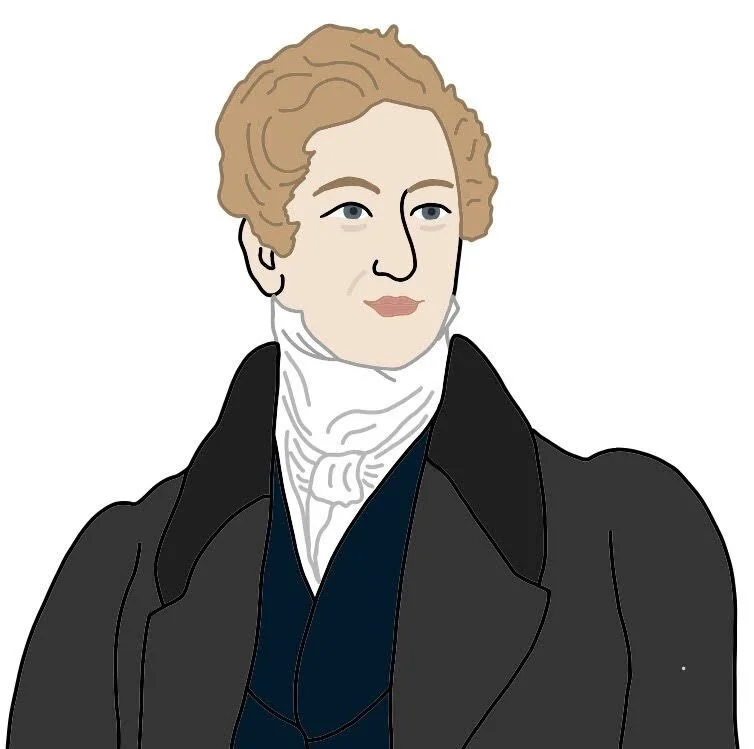January 30th - February 5th
“Death of the English monarchy; how to escape execution by Guy Fawkes; and a funeral fit for a queen all occurred this week in history...”
On 30th January…
The King of England is executed
1649 - King Charles I of Great Britain and Ireland was executed in London during the English Civil War. He is the only English King to have been executed. On the day of his execution, he wore two shirts to stop himself from shivering from the cold winter’s day because the thought the people would think he was shaking with fear.
The monarchy was replaced by the Commonwealth of England led by Oliver Cromwell. Cromwell went on to became Lord Protector of England, Scotland and Ireland when the Parliament set up to replace the monarchy failed.
1948 - Mohandas Karamchand Gandhi, more commonly known as Mahatma Gandhi, was assassinated by a Hindu extremist in New Delhi, India. Gandhi was a political and spiritual leader of the Indian Independence Movement who used non-violent resistance to campaign for India’s independence from Britain.
1965 - Winston Churchill’s funeral took place on live television; it was the first state funeral of a politician. Churchill served as Prime Minister for Britain from 1940-1945 and 1951-1955. He kept Britain upbeat and positive during World War II with his rousing and patriotic speeches.
1972 - Bloody Sunday - In Londonderry, Northern Ireland, British paratroopers shot 13 unarmed civil rights demonstrators who were marching in protest of the British imprisonment of suspected Irish Nationalists (people fighting for Irish independence and separation from Britain). The incident brought worldwide attention to the ‘Troubles’ in Northern Ireland.
On 31st January…
Guy Fawkes escapes execution by falling from the gallows and breaking his neck
1606 - Guy Fawkes died. He was meant to be executed by being hanged, drawn and quartered for his part in the Gunpowder Plot to blow up the Houses of Parliament; but he fell or possibly jumped from the gallows ladder and died of a broken neck. Now dead, Guy thought he’d escaped the cruel punishment that had been in store for him but he thought wrong. King James wasn’t going to let Guy get off that easily. Despite already being dead (so none of what happened next actually hurt him in any way) Guy Fawkes’ body was still quartered (cut into four pieces) and distributed around the country to be put on public display as a warning to anybody else considering treason. What a gruesome thing to happen?
Death of a bonnie prince
1788 - Prince Charles Edward Stuart, better known as Bonnie Prince Charlie, died of a stroke in Rome, Italy. He was 67 years old. He had been leader of the Jacobite Rebellions (1745); an army of Scotsmen who fought unsuccessfully against the English in an attempt to reclaim the throne for his father, James, who was the son of the deposed King James II of England.
On 1st February…
Coronation of a teenage king
1327 - King Edward III was crowned King of England at the age of 14 years. His father King Edward II had been deposed and then murdered by his mother and her boyfriend, Roger Mortimer. This made the young Edward, King but because he was so young his mother and Mortimer ruled the country in Edward’s name. He did not always agree with their decisions and when he was old enough to rule himself, he captured Mortimer and had him executed and for a while confined his own mother to a comfortable life in a castle before allowing her some freedom once more.
Did you know that during his reign the Black Death killed nearly a third of the English population?
On 2nd February…
Funeral fit for a Queen
1901 - The funeral of Queen Victoria began on the Isle of Wight where she had died eleven days earlier on the January. Despite having spent the previous 39 years in mourning and wearing only black clothes, she insisted that she was buried in a white dress and with her wedding veil. Her coffin was carried on board the royal yacht from the Isle of Wight to Gosport in Hampshire where it was placed on a train and taken to Victoria Station in London. The funeral procession then began on the route from Victoria Station to Paddington Station where it was placed on another train and taken to Windsor Castle. Queen Victoria’s coffin was finally laid to rest in Frogmore Mausoleum which she had built for her husband Prince Albert upon his death.
On 3rd February…
1399 - John of Gaunt, the fourth son of King Edward III died. On John’s death his cousin, King Richard II, confiscated his lands and prevented them from being passed onto his son Henry Bolingbroke. Henry Bolingbroke eventually deposed King Richard II, forcing him to abdicate. Henry then became King Henry IV and the whole affair began the friction which ended up as the Wars of the Roses.
On 4th February…
211CE - The Roman Emperor Septimius Severus died in the city of Eboracum which is now called York. He was preparing to lead a campaign against the Caledonians (Scottish tribes) when he died.
Birth of a successful activist
1913 - Rosa Parks was born in Alabama, U.S.A. She was an American Civil Rights Activist who refused to give up her seat on a bus to a white passenger when the bus became crowded.
Her actions led to a boycott of the bus company and changes to the law which made it illegal to have segregated seating on buses.
Rosa Parks received numerous awards throughout her career including the Presidential Medal of Freedom which is the highest award given by the U.S.A. to people who have contributed to the national interests of the country, the recipients are chosen by the American President.
On 5th February…
Robert Peel, founder of the police force is born in Lancashire
1788 - Robert Peel, British politician and the founder of the modern police force, was born in Lancashire. ‘Peelers’ and ‘Bobbies’ the nicknames given to the early police force were taken from his name.






